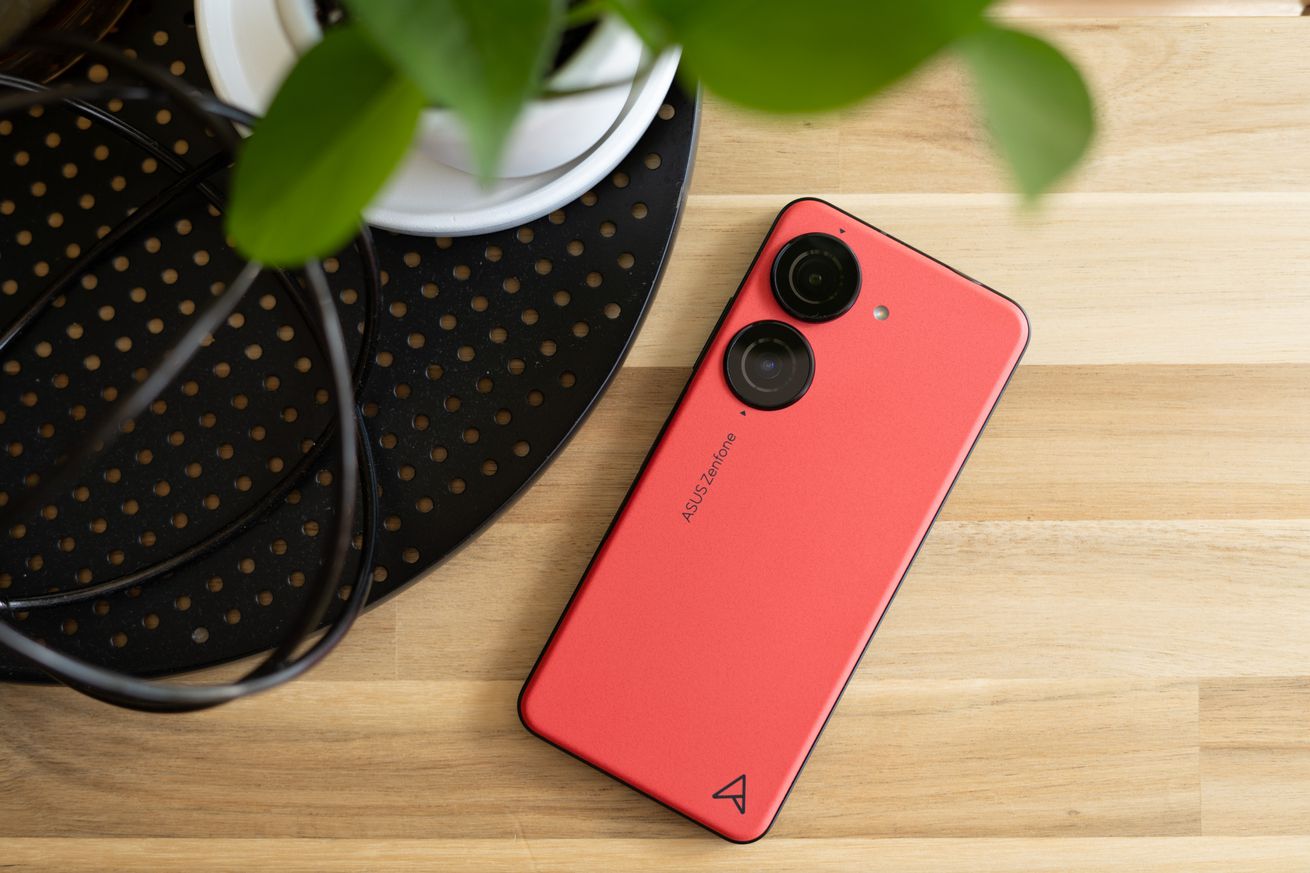
The Asus Zenfone 10 is your best bet for a high-powered, small Android phone
Android phones are categorically ginormous, so every summer over the past few years, when a new Asus Zenfone has come around, it’s been kind of a treat for the small phone fans among us. The Zenfone 10 continues the tradition of providing flagship-grade specs in a “small” package — and yes, a 5.9-inch screen is considered small these days. We’re grading on a curve.
This year’s Zenfone comes with wireless charging, which was missing from the previous models. It’s a little tricky to get working with some stand-style chargers because of its small stature — the charging coil on the phone seems to be just out of reach on my Belkin Qi charger, and I can only get it charging on a Pixel Stand (2nd gen) if I press it up against the middle of the charger and carefully set it down. A pad-style charger is probably the way to go.
There’s an IP68 rating like last year and a Snapdragon 8 Gen 2 chipset. And the headphone jack lives! Screen resolution is 1080p like on the Zenfone 9 — plenty for a screen this size — with a 120Hz refresh rate. There’s a 144Hz mode that will only kick in when you’re gaming, so for all intents and purposes, 120Hz is the top refresh rate. The Zenfone 10 includes a 4,300mAh battery, and in my casual daily use, it’s been able to power through a day of moderate usage without a problem.
There’s Gorilla Glass Victus on the front panel, aluminum side rails, and a polycarbonate plastic back panel with a textured finish I can only describe as “papery.” The review unit I’ve been using is the eclipse red version, and boy, is it ever red. Asus says the phone will be sold in the US in all color variants. Sadly, it’ll only work on AT&T and T-Mobile when it comes to the US — not on Verizon. That’s one Zenfone tradition I wish Asus would abandon.
The Zenfone 10 keeps last year’s 50-megapixel f/1.9 main camera with OIS and includes a 13-megapixel ultrawide and an upgraded 32-megapixel pixel-binning selfie camera. The gimbal-like stabilization introduced with last year’s model gets a new mode to dynamically shift the level of shake correction needed for the conditions — changing the field of view along with it.
There’s also a handy new shortcut you can use to turn on the camera app from the lock screen and automatically take a burst of three images without having to tap the shutter button. I’d use this a bunch for those moments when my kid is doing something cute where I’d usually miss the shot fumbling with the camera app.
Asus is promising two OS updates for the Zenfone 10 and four years of security patches — a welcome improvement over the Zenfone 9’s two years of security support. It goes on sale first in Europe for €799 — the same price as the Zenfone 9 — and will come to the US in Q3 this year.
When it does come to the US, it’s destined to be a niche device. Most people prefer a big phone, but I admire Asus for sticking with this form factor. The company seems to be listening to its customers, too — the Zenfone 10 includes a setting to speed up animations that was previously only available in developer mode. So many people used it on the Zenfone 9 that Asus included it in the standard software. That’s deeply nerdy and just plain nice. Personally, I’m glad this little phone with a lot of thoughtful touches is back for another year.
Photography by Allison Johnson / The Verge

